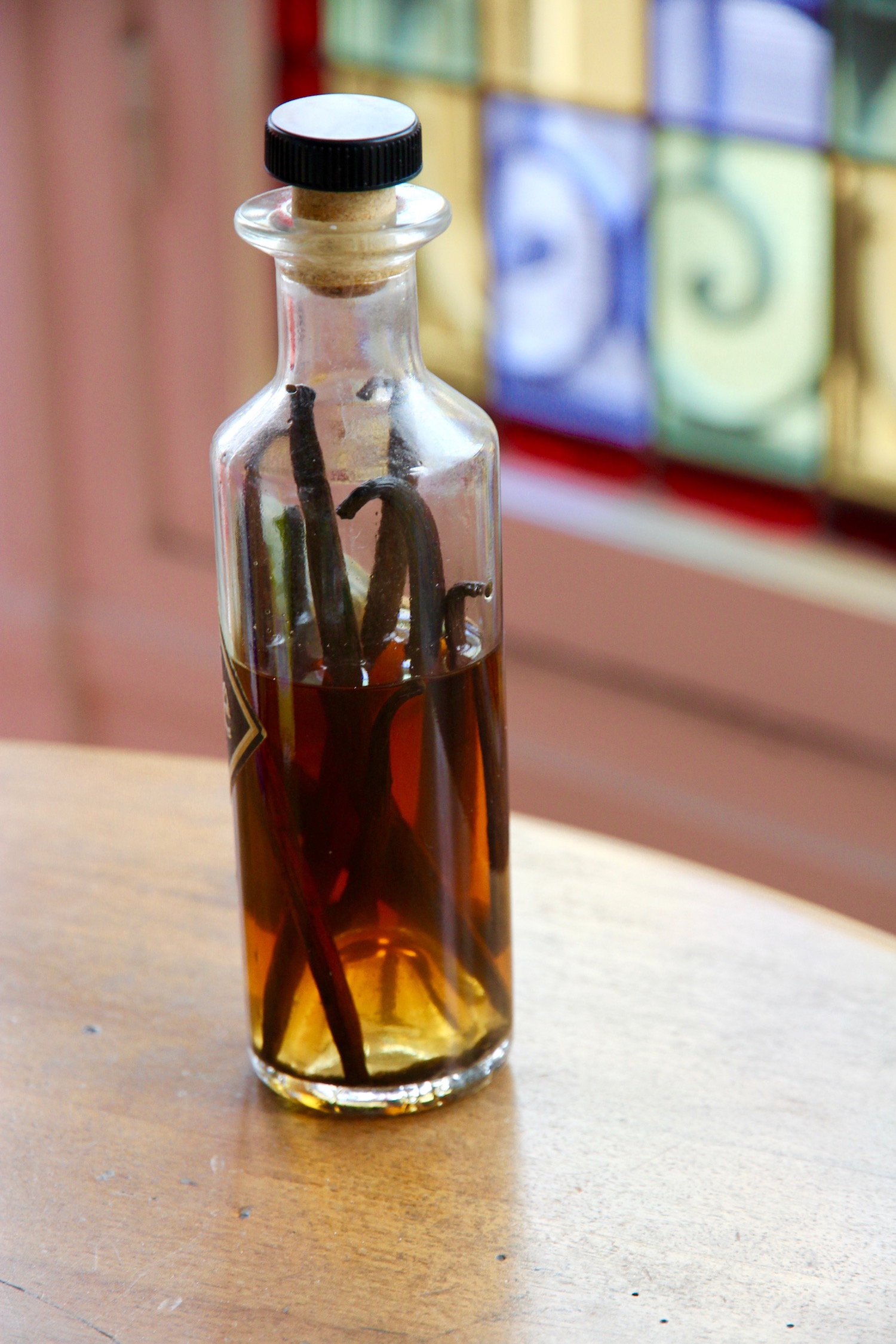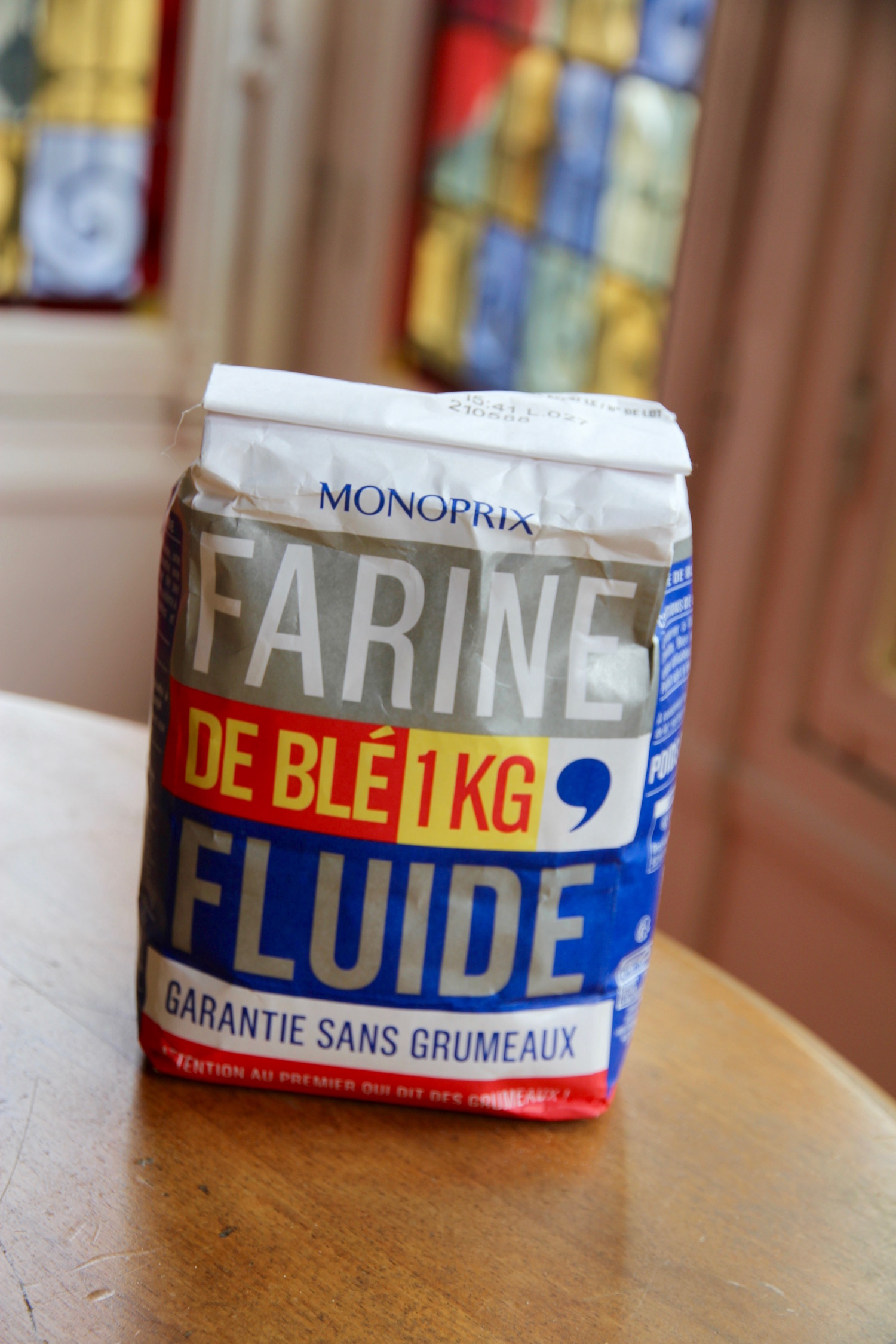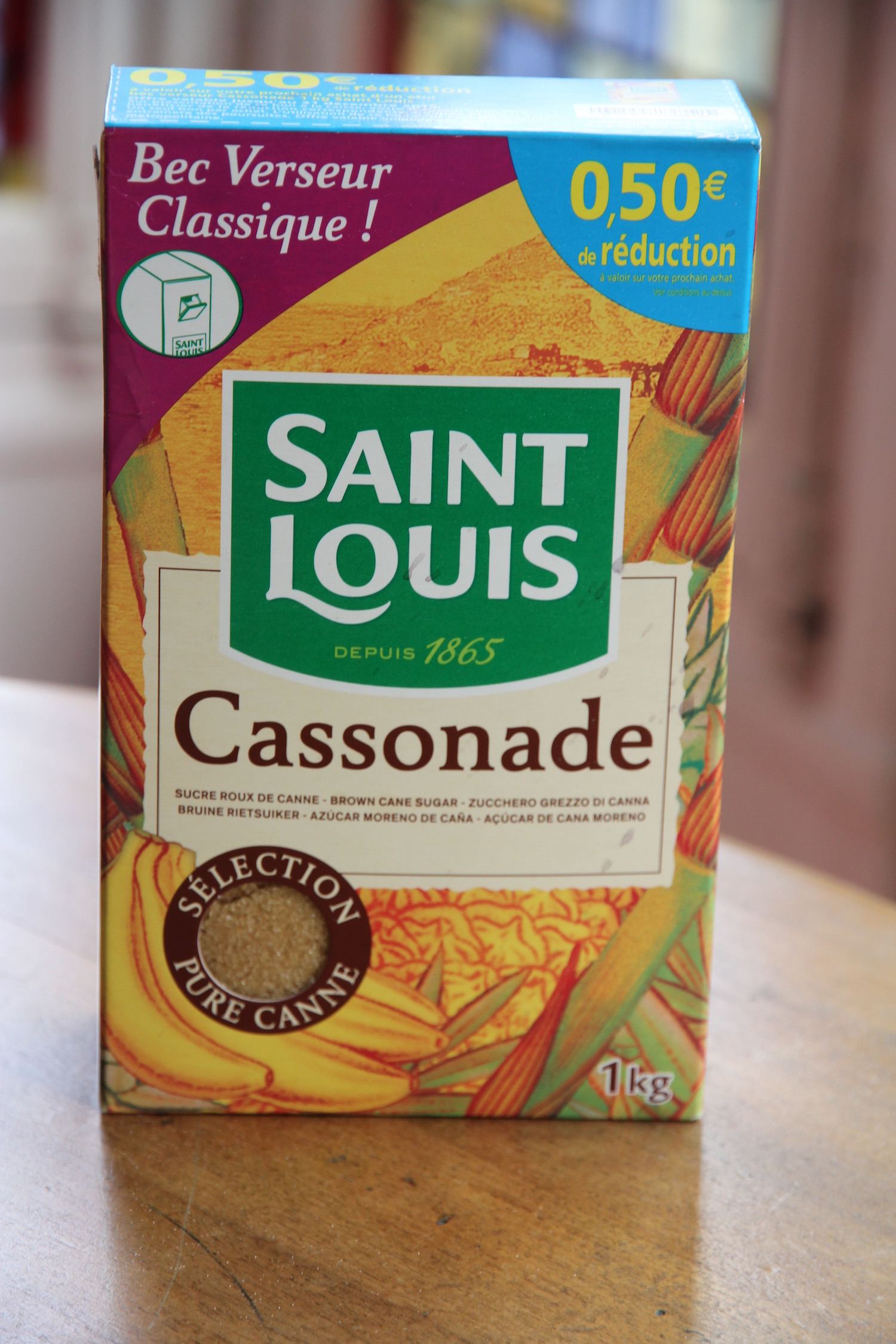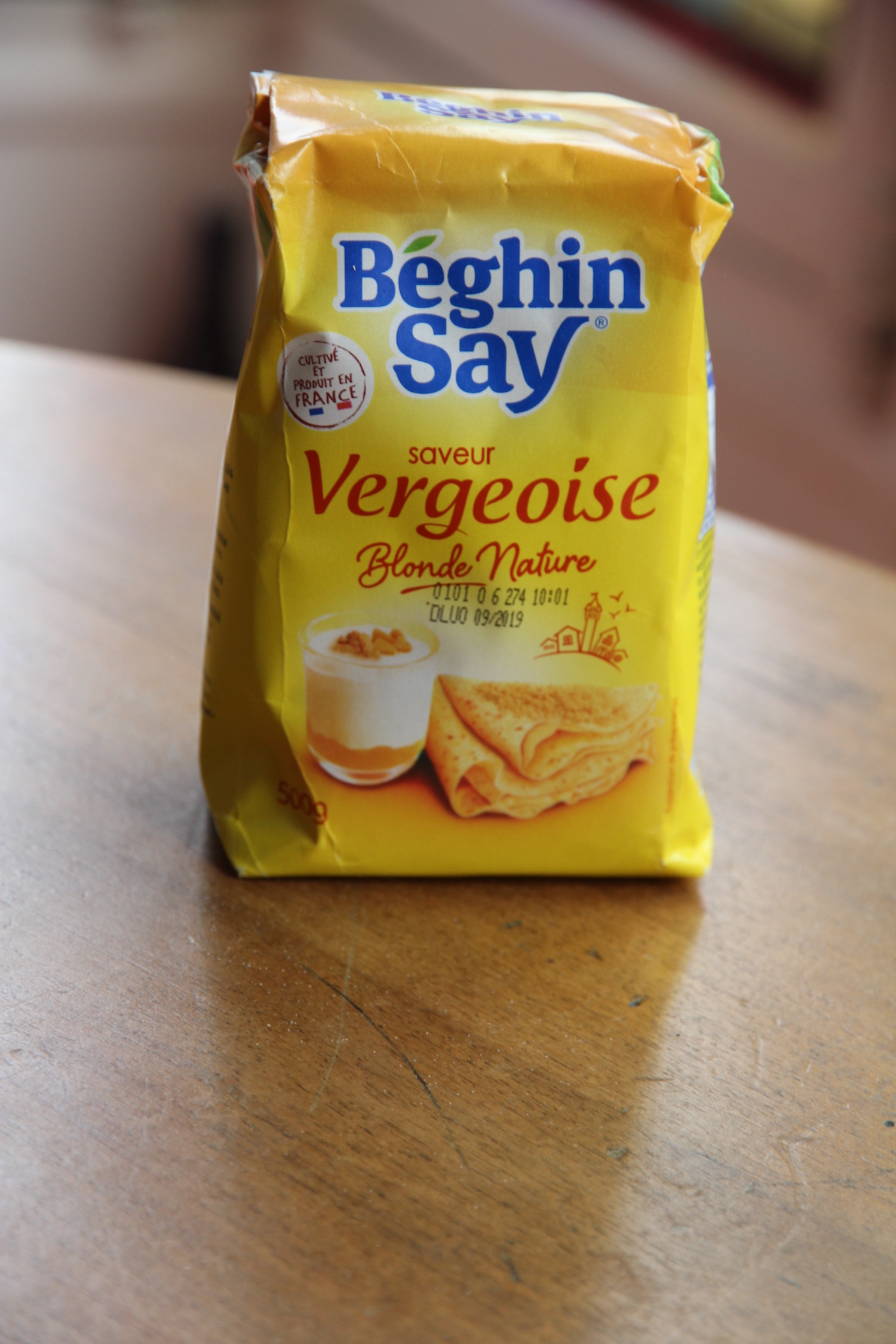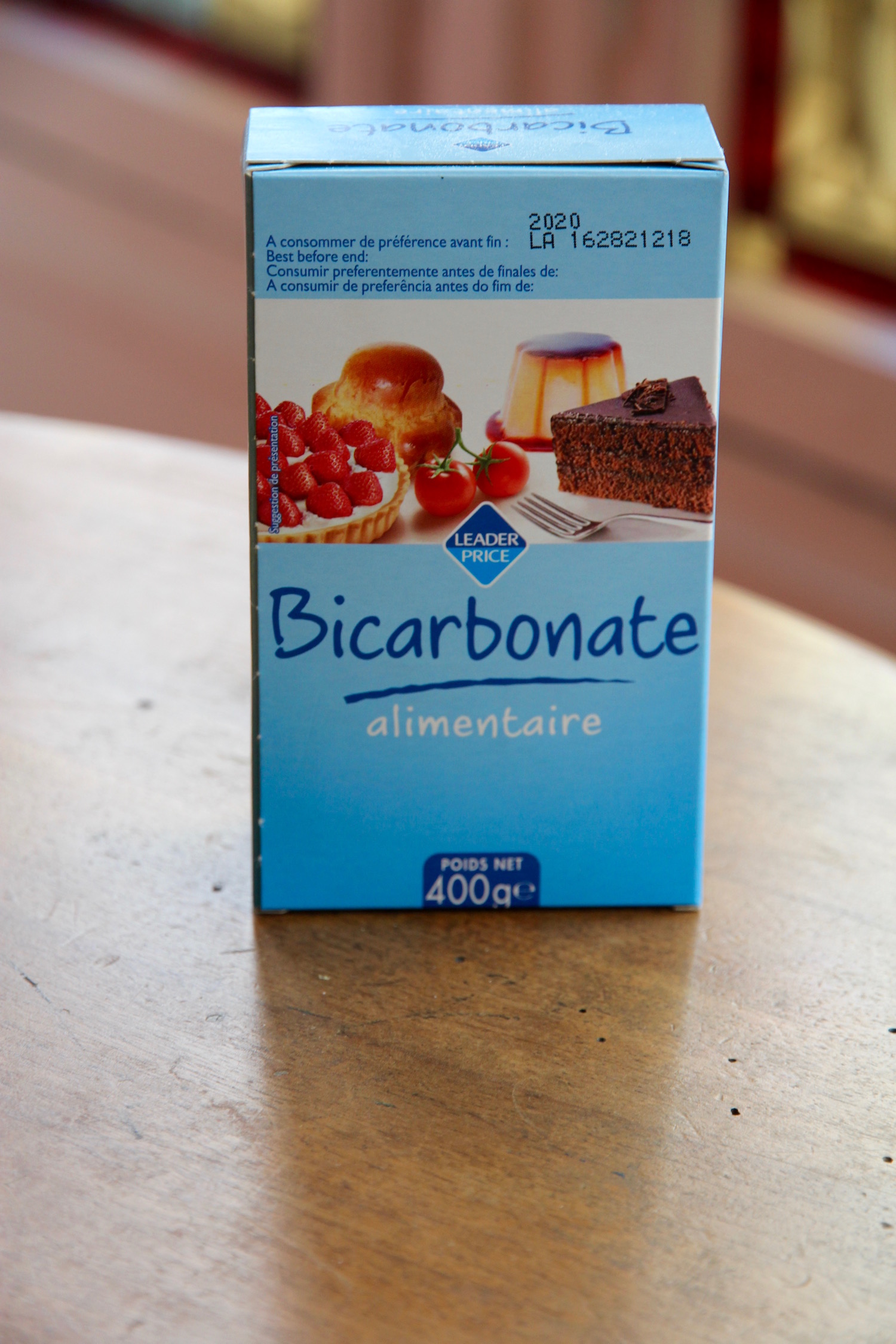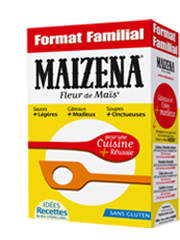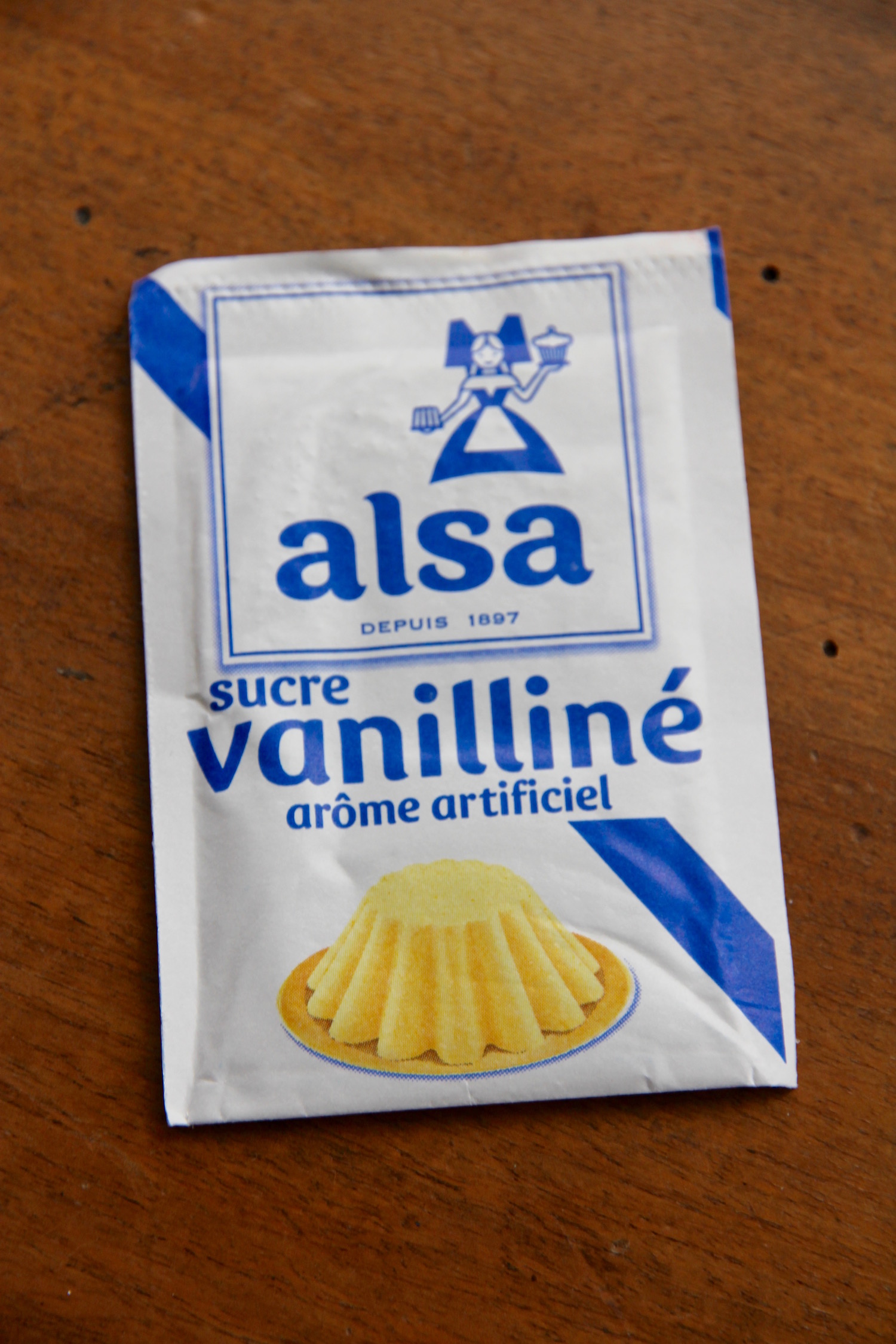Cooking Away From Home
In France food is no joke, they take it very seriously which is one reason why I love France so much!
I love cooking, but when coming to a new country it takes a little time to figure out what ingredients you can substitute for your favorite brands back home. I also found that things you would expect to be the same are sometimes very different. Take chicken, how could that be so different from one part of the world to another? Turns out, it is. For example when living in South Africa I discovered that chickens were cooked very often with the heads and feet still attached! This took me a little time to fully appreciate and I never could prepare it that way myself. Nevertheless I did indulge in this delicacy when it was offered to me by friends. In France I learned that chickens are divided by gender, roosters, hens and something in-between which has never been clearly explained to me... In any case, when shopping for a chicken you will need to describe to the butcher the type of chicken you are looking for, and how you'll use it; roasting, sautéing, or grilling. He'll also want to know the number of guests and the wine you’ll be serving. Nevertheless I generally muddle my may though it and get what I’m looking for.
Baking however is a whole different beast! To start with there are loads of different flours. They are graded from T45 to T150 which has something to do with the gluten and ash content. With French flours, each of the types are treated not as a single kind of flour, but rather as a category of flour. There are many flours within each type range, and many are proprietary to certain manufacturers. Here is a link that explains in detail the technical differences in French flour and I invite you to educate yourself on this topic by going to this site American vs French Flour. The good news is, flour is not such a big deal when baking American goodies in France, it becomes more of an issue back home when you try to duplicate French recipes. This is one of the reasons it's hard to find a real baguette in the States. However for this article it is suffice to say that the common grocery store variety of T45-T55 flour will work fine but the result will be slighly different from what you are used to. Short of importing your own flour you'll need to experiment with differnet types to get the best results.
With this list you will hit the ground running. I make my own liquid vanilla because first of all its super easy to do, plus I never got the hang of using vanilla sugar packets.
Baking power or levure chimique is always sold in these little pink packets, each packet contains just over 2 teaspoons (11 g).
The brown sugar that you are accustomed to in American baking is called Vergeoise (sugar with molasses that make it soft and brown). Not all grocery stores stock Vergeoise, so look out for it in the Monopirx® (a large chain store throughout France). Note, if you ask for brown sugar you will be directed to Cassonade which is more like raw sugar. Quite often this is used in baking like Americans use refined white sugar. The result is more or less the same.
The sugar vanilliné is an alternative to liquid vanilla. If your recipe calls for a teaspoon of vanilla use a packet of this (a packet contains 1.5 teaspoon or 7.5g). If you want to make your own vanilla you need a small bottle of rum and a couple of vanilla pods (sold at all grocery stores). Split 2 pods vertically down the middle with a knife to expose the tiny litte seeds and place the whole pod into the rum bottle. Let it sit for a couple of weeks to stew before using. When you refill the bottle with rum leave the old pods and add new ones on top. They won't go bad, they are totally soaked in alcohol.
Baking Soda - Bicarbonate looks and acts the same as Arm and Hammer. Cornflour and Maizena are virtually the same as well.
Please comment below if you found this helpful, or if you want to add to the list!



